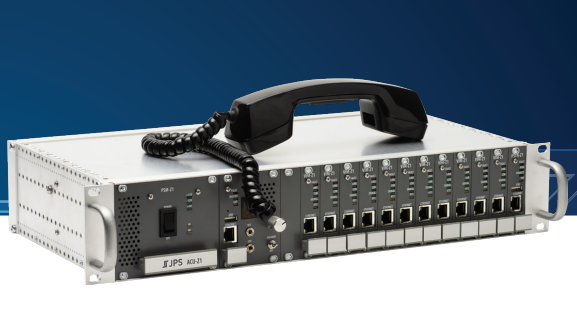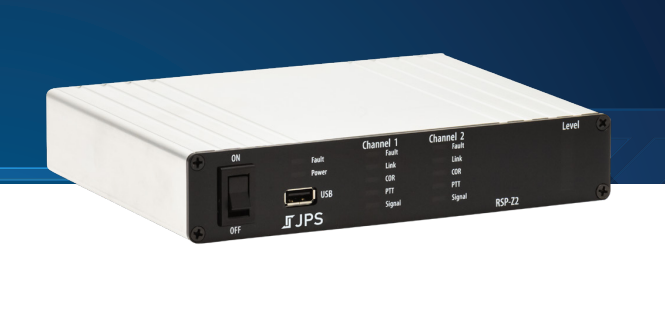communications intelligence
electronics intelligence
electronics warfare
military
military communications
military grade
military radio
radio jamming
signals intelligence
tactical communications
battlefieldtechnology, communicationsjamming, countermeasure, cybersecurity, deception, defense, digitalwarfare, ECM, electronicattack, electronicwarfare, informationwarfare, infowar, jammingtechniques, militarycommunications, militarystrategy, militarytechnology, modernwarfare, operationalsecurity, RadioFrequency, radiowarfare, rfjamming, signaldisruption, signaljamming, spectrumwarfare, strategiccommunications, tacticalcommunications, threatassessment
9M2PJU
0 Comments
Disrupting the Digital Battlefield: Mastering the Art of Communications Jamming and Deception
In the modern theater of war, where information flows at the speed of light, control of the electromagnetic spectrum is paramount. Beyond the physical clash of forces, a silent battle rages in the ether, a battle fought with signals, frequencies, and carefully crafted illusions. This is the realm of Communications Electronic Countermeasures (ECM), where jamming and deception reign supreme.
The Power Struggle: Jamming as a Force Multiplier
At its core, communications jamming aims to render an enemy’s transmissions ineffective. It’s about disrupting their ability to communicate, coordinate, and command. This disruption is achieved by overwhelming the target receiver with powerful signals, effectively drowning out the intended message.
However, jamming is a double-edged sword. Its indiscriminate use can interfere with friendly communications, creating chaos and confusion. The delicate balance between disrupting the enemy and maintaining our own communication integrity is the essence of effective jamming.
Understanding Jamming Range: The Physics of Disruption
The effectiveness of jamming is directly linked to the strength of the jamming signal at the target receiver. Several factors influence this strength:
- Distance: The further the jammer is from the receiver, the weaker the signal.
- Frequency: Higher frequencies experience greater propagation losses.
- Antenna Gain: The type and gain of the jamming antenna play a crucial role in directing and amplifying the signal.
- Environmental factors: Terrain, and atmospheric conditions, play a role in signal propagation.
To overcome these challenges, jammers must often employ high power or be positioned strategically close to the target. Modern technology has introduced expendable jammers, small and robust devices that can be deployed near enemy receivers, even by troops on the move. Airborne platforms also provide excellent propagation paths, allowing for effective jamming from a distance.
The Arsenal of Jamming Techniques:
Jamming isn’t a one-size-fits-all approach. Different scenarios call for different techniques:
- Spot Jamming (Continuous Wave – CW): This precise method targets a specific frequency or channel, maximizing the concentration of power and minimizing interference with friendly signals. It’s the most efficient way to disrupt a single communication link.
- Barrage Jamming: This technique floods a wide band of frequencies, disrupting multiple channels simultaneously. While less efficient per frequency than spot jamming, it can cripple entire communication networks.
- Swept Jamming: This technique rapidly scans a range of frequencies, creating the illusion of continuous jamming across the entire band. It’s particularly effective against receivers that are constantly switching frequencies.
The Impact of Jamming on Different Modulation Types:
The effectiveness of jamming varies depending on the type of modulation used by the target communication system:
- Frequency Modulation (FM): Jamming can “capture” FM receivers, forcing them to lock onto the jamming signal. Modulated jamming signals are required to insert false information into the target receiver.
- Amplitude Modulation (AM): AM systems are more resilient to jamming, experiencing a gradual degradation of signal quality rather than a sudden loss of communication.
- Digital Modulation: Digital systems, with their wider bandwidths, can tolerate higher levels of jamming. However, excessive jamming can corrupt the data stream, leading to communication failure.
Deception: The Art of Misinformation:
Beyond jamming, deception plays a crucial role in ECM. It’s about manipulating the enemy’s perception of reality, feeding them false information to disrupt their decision-making process.
- Imitative Deception: This technique involves infiltrating enemy communication networks and transmitting false messages, mimicking their procedures and protocols. Pre-recorded traffic can be used to make this very effective.
- Manipulative Deception: This involves transmitting false information or dummy traffic on friendly networks to mislead the enemy. For example, creating a fake radio net to hide the movement of real units.
- Deception Control: Like jamming, deception must be carefully controlled to avoid confusing friendly forces. All deception operations must be planned and coordinated at higher levels.
Maintaining Control in the Electromagnetic Chaos:
In the chaotic environment of electronic warfare, maintaining control is essential. This requires:
- Continuous Monitoring: Monitoring both friendly and enemy transmissions to assess the effectiveness of jamming and detect deception attempts.
- Look-Through Capability: Jammers must have the ability to briefly switch off their transmission and monitor the target frequency, ensuring that jamming is effective and adapting to enemy frequency changes.
- Frequency Agility: Communication systems must be able to rapidly switch frequencies to evade jamming.
- Strict Communication Discipline: Well-trained operators and disciplined communication procedures are essential for detecting and countering deception.
The Future of Electronic Warfare:
As technology advances, the battle for control of the electromagnetic spectrum will only intensify. Artificial intelligence, machine learning, and advanced signal processing will play increasingly important roles in both jamming and deception. The ability to adapt and innovate will be crucial for maintaining a decisive advantage in the digital battlefield.







Post Comment